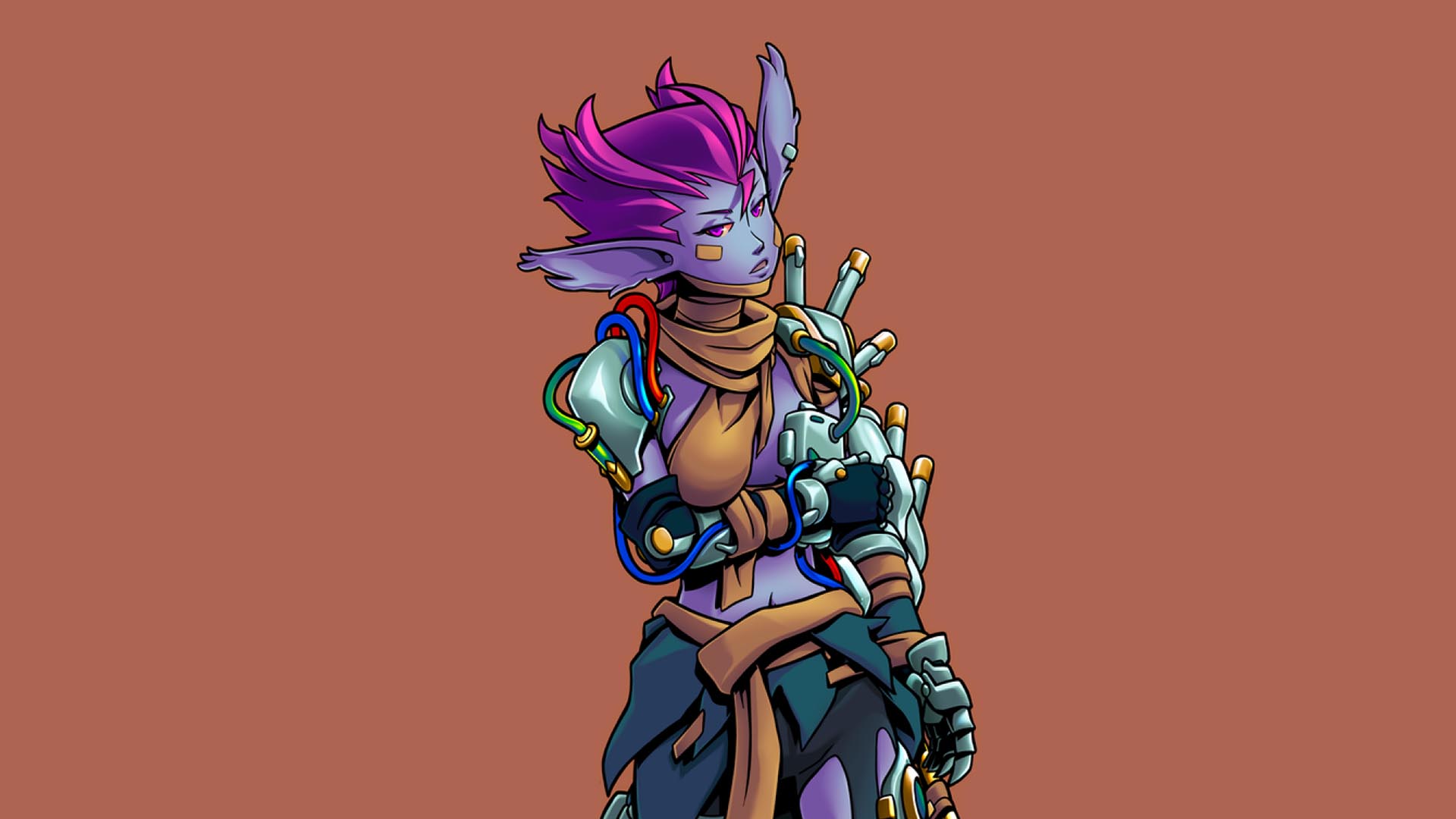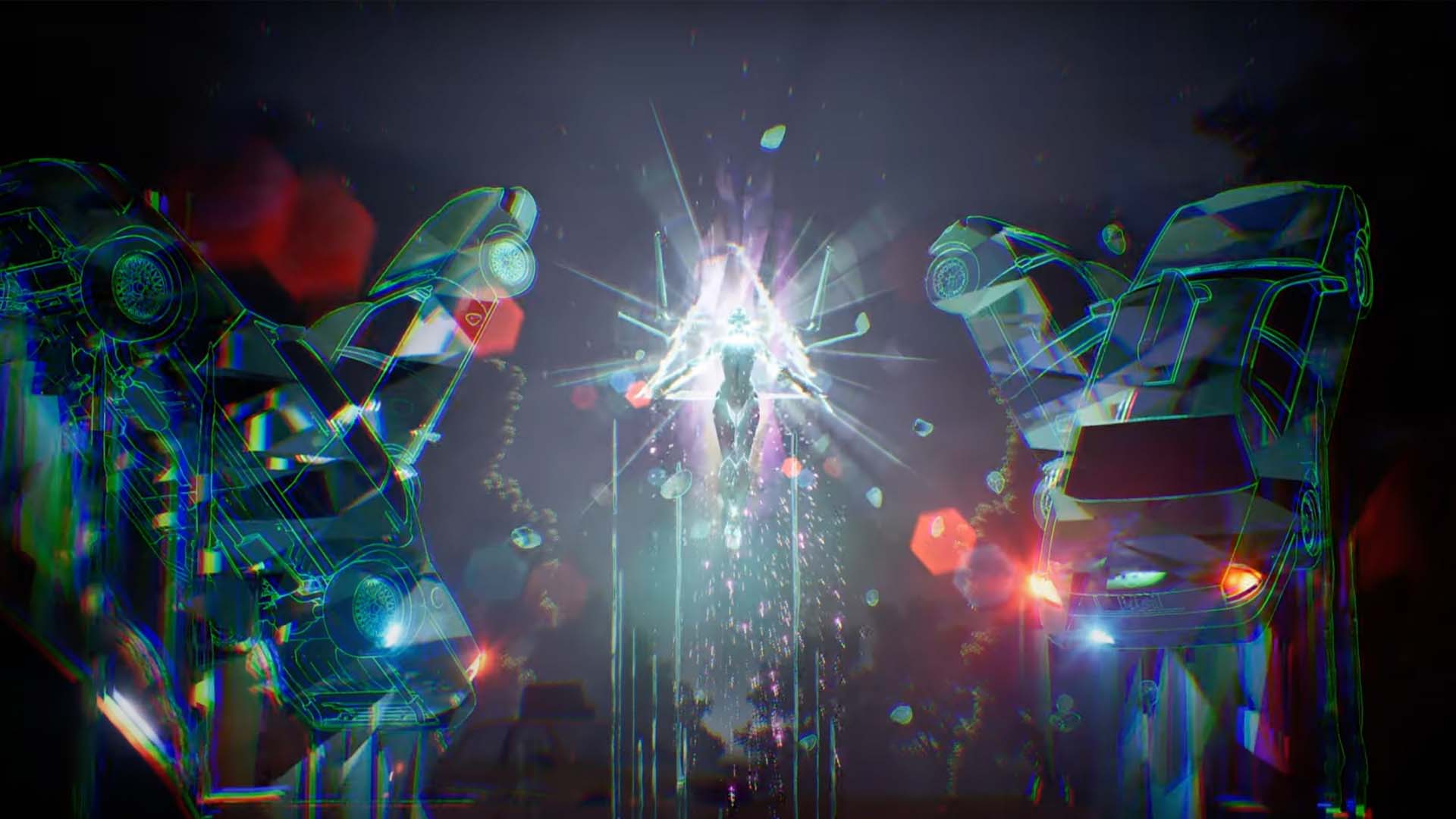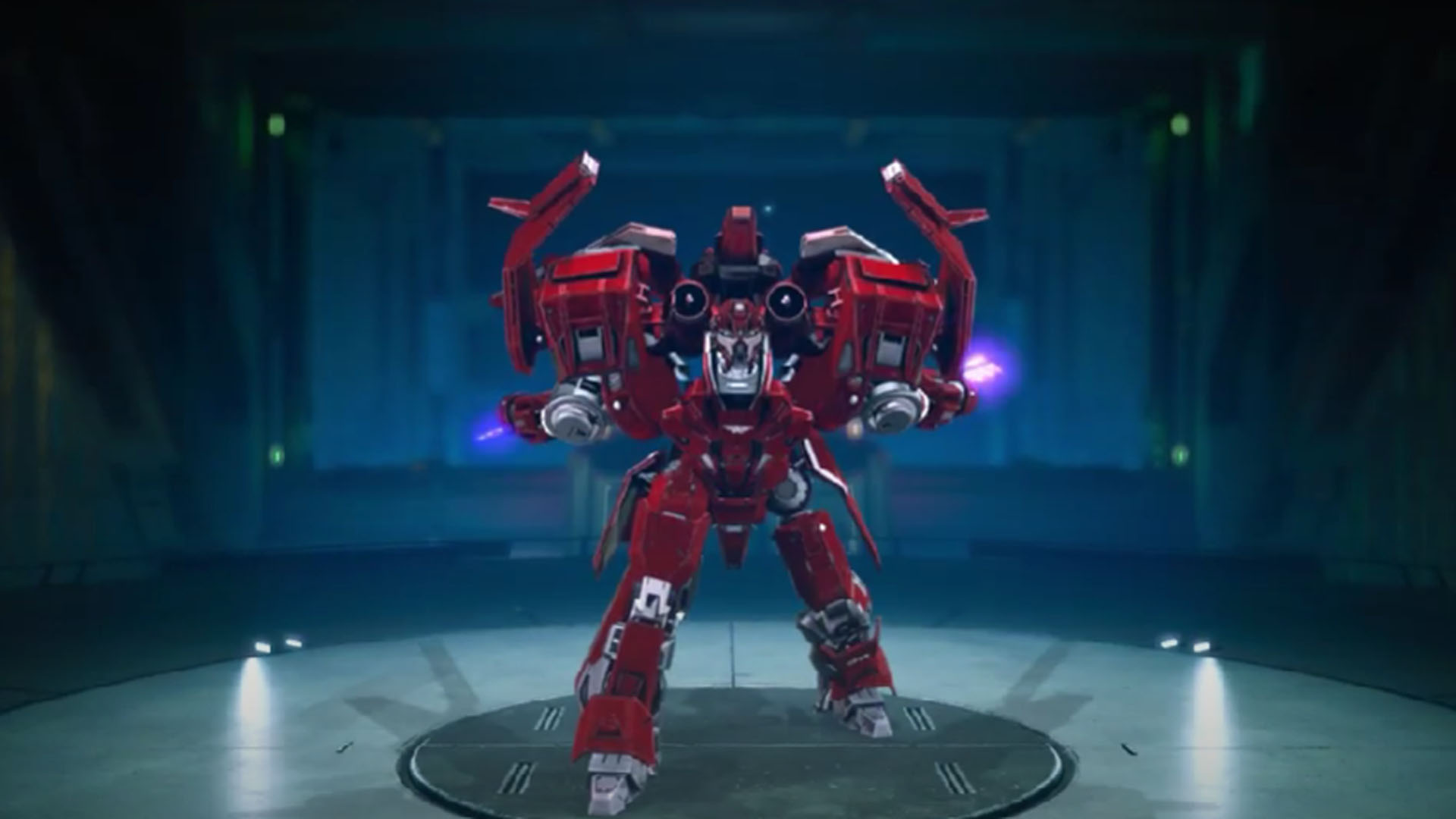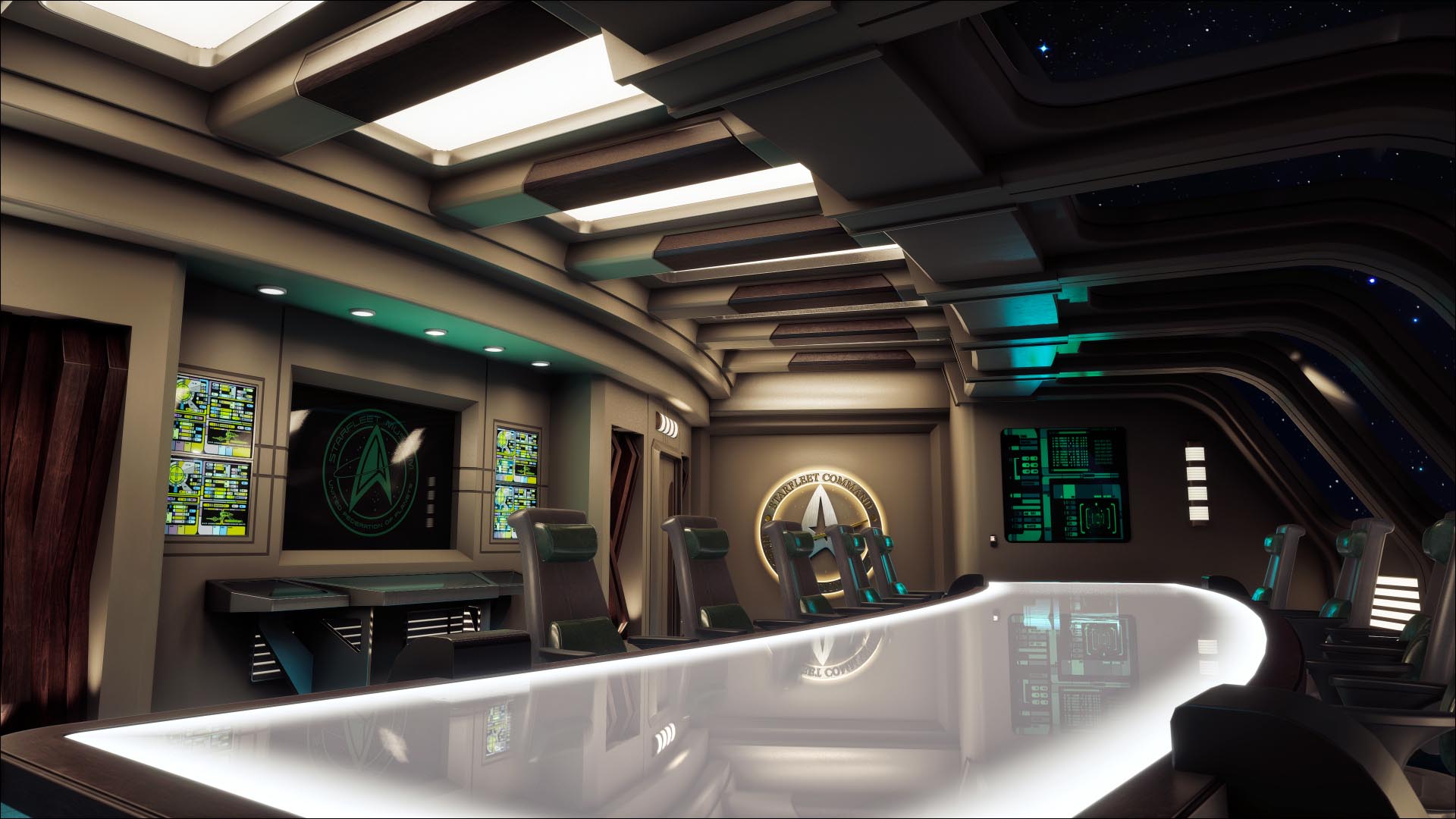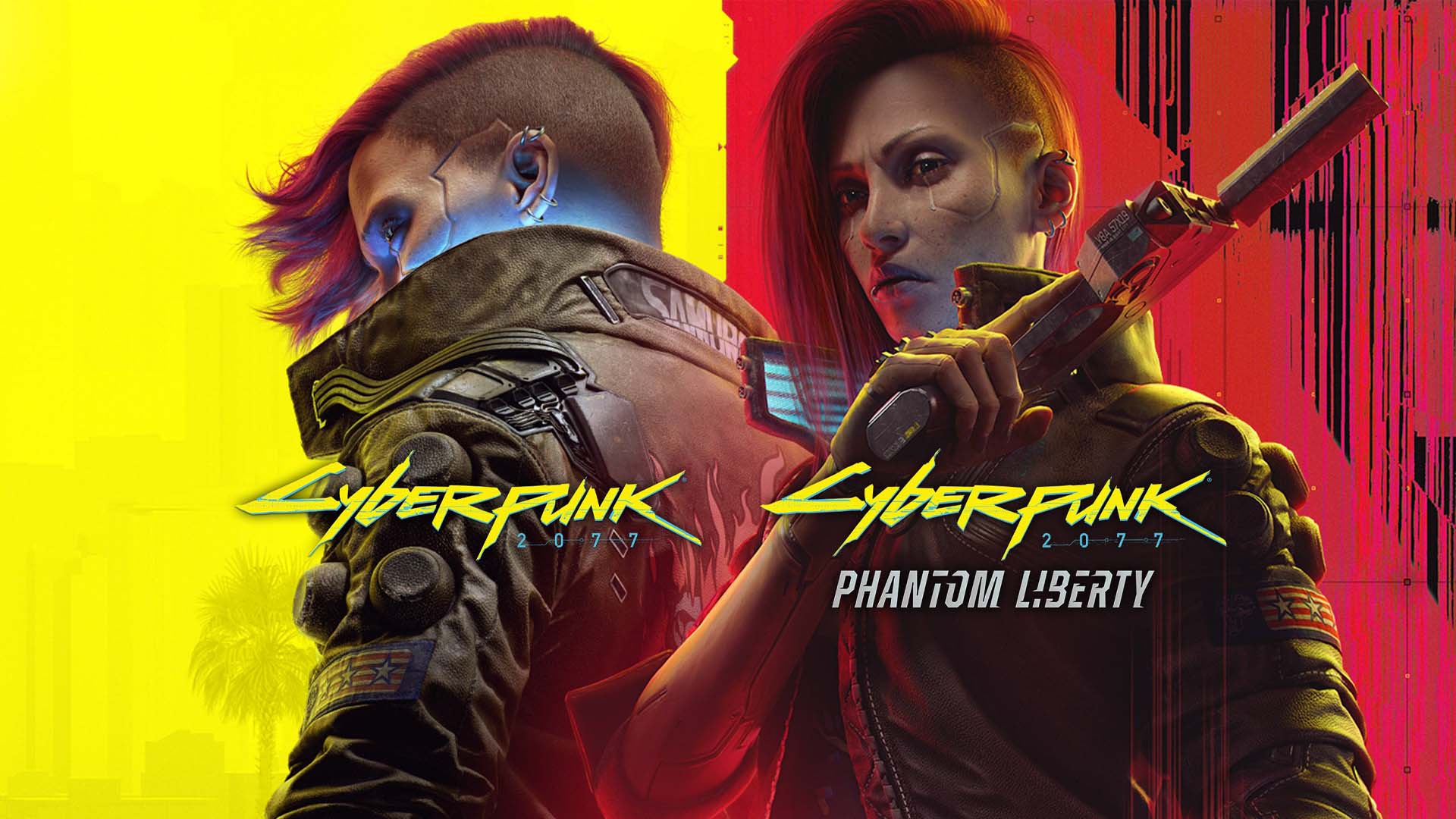A strong game development pipeline keeps production organized, cuts down on rework, and gives your project a clear path from concept to launch. When clients search for how a game is actually built, they want a real breakdown of the full game development process and the stages of game development, not vague promises. You can also explore our full game development services to see how we handle complete production from start to finish.
After reviewing your goals and requirements, we estimate every stage of the pipeline so you know exactly what to expect. The production phase is always the longest part, where gameplay systems, art, animation, UI, and core features come together into a playable build. Clear planning at this stage prevents late stage changes and keeps the entire game production workflow on track.
Below you will find the seven major stages of the game development process. Each part of the pipeline covers a specific set of deliverables, tools, and creative decisions. This includes concept development, design, prototyping, full production, testing, optimization, and final launch support. Whether you are building a mobile game or a large scale cross platform title, this structure keeps development efficient and predictable from the first pitch to the final release.
Pitches and Early Concept Development
This stage is where the entire project starts to take shape. We dig into the core idea, the gameplay feel you want, the audience you are targeting, and the platforms you plan to release on. Our team explores references, early art direction, and potential technical paths so the game development pipeline has a solid and realistic foundation. This is also where we identify any challenges early, such as feature complexity or platform limitations, and plan around them before production begins.
We gather your requirements and talk through the vision behind your game in detail. That includes story direction, mechanics, genre expectations, and the overall experience you want players to have. If something is unclear or missing, we help you define it so the project starts with a complete and reliable blueprint. A strong concept phase saves time later and reduces the risk of costly rework once development ramps up.
After locking in the core vision, we build a structured development plan that lays out each stage of the pipeline, who is responsible for what, and how communication will flow throughout the project. This includes milestone definitions, prototype priorities, and production needs like art, animation, engineering, audio, and testing. We then create a flexible estimation based on scope and technical requirements so you know exactly what to expect. Once the plan is approved and you are comfortable with the timeline, we confirm the project start date and prepare the team for pre production.
Pre-Production
Pre production is where the entire game development process gets its structure. This stage builds the technical, visual, and gameplay foundations that guide the rest of the pipeline. We focus on clear documentation, feature planning, early prototypes, and workflow setup so full production can move fast and stay organized. Strong pre production reduces rework, cuts unnecessary costs, and makes the full game development pipeline much more predictable.
During this phase, our teams align on project scope, milestones, deliverables, and internal workflows. We prepare the essential documents the art bible, the game design document, and the technical design document so every artist, designer, and developer works from the same blueprint. These documents cover gameplay systems, visual direction, technical requirements, performance targets, and platform considerations for mobile, PC, and console. We also build early prototypes to test core mechanics and validate the primary gameplay loop before heavy production begins.
Studios that want deeper insight into effective planning workflows can explore additional industry guidance available through GDC for more best practices used across the wider game development community.
Looking to strengthen your production with experienced partners?
Explore our Game Co Development services and see how Magic Media supports studios at any stage of development.
Production
Production is the heart of the entire game development pipeline. This is where the game finally becomes real as art, animation, gameplay systems, UI, audio, levels, and core features are built and brought together. Every discipline works in parallel to push the project toward fully playable milestones and deliver steady progress from prototype to alpha and beta.
Our team implements core mechanics, builds environments, integrates characters and animations, creates UI and UX flows, and develops the systems that define how the game feels to play. Content is added in layers and tested continuously so new features remain stable as the project grows. We also handle production of marketing and promotional content, including social materials, whitepapers,
game trailers and polished demo builds for publishers and events. This stage transforms the concept from a documented plan into a functional, evolving game.
A strong production phase sets the tone for the rest of development. Clear communication, consistent builds, performance checks, and structured feature rollouts keep the game on track and prevent costly late fixes. By combining gameplay engineering, art production, technical implementation, and ongoing QA, we ensure the project moves toward release with stable foundations and visible progress every step of the way.
Testing and QA
Testing and QA run through every part of development, not just the final stretch. This stage protects the project from instability, broken features, and performance drops by catching issues early and keeping every new build consistent. The goal is simple deliver a game that feels smooth, stable, and reliable on every platform you plan to release on.
Our QA teams test gameplay systems, UI flow, art integration, animation timing, and overall performance on a regular schedule. Each feature is verified against design goals and platform requirements so nothing slips through the cracks. We also provide dedicated art QA to maintain visual accuracy across characters, environments, effects, and UI. This process reduces technical debt, speeds up production, and keeps the player experience at the center of every decision.
Strong QA coverage means fewer surprises later in development. With continuous testing, issues are isolated fast and resolved before they spread, keeping the entire game production workflow efficient, predictable, and clean.
Post-Production
Post production is where the game reaches its final shape. This stage focuses on polish, refinement, and optimization across every system and visual asset. The team resolves bugs, improves performance, finalizes UI, tightens gameplay, and ensures all content meets the quality standards needed for release. It is the final push that turns a solid build into a market ready game.
We review every feature for consistency and stability, checking memory usage, load times, animation smoothness, network behavior, and visual clarity. Any remaining issues are fixed quickly and cleanly. The team prepares the game for certification, platform compliance, and publisher requirements, making sure it passes all technical checks without delays.
Once the game is stable, optimized, and fully polished, we support launch preparation, post launch planning, and any additional updates needed for live service or long term support. The goal is a smooth release and a game you can confidently put in front of players.
Your game deserves more than support. It deserves a true game development partner.
Scale your production, accelerate delivery, and protect your creative vision with Magic Media. Our expert teams integrate directly into your workflow to bring your projects to life.
Explore Game Co-Development with Magic Media
Contact Magic Media to discuss how we can support your next project.
See why studios around the world trust us to create, collaborate, and deliver without compromise.


